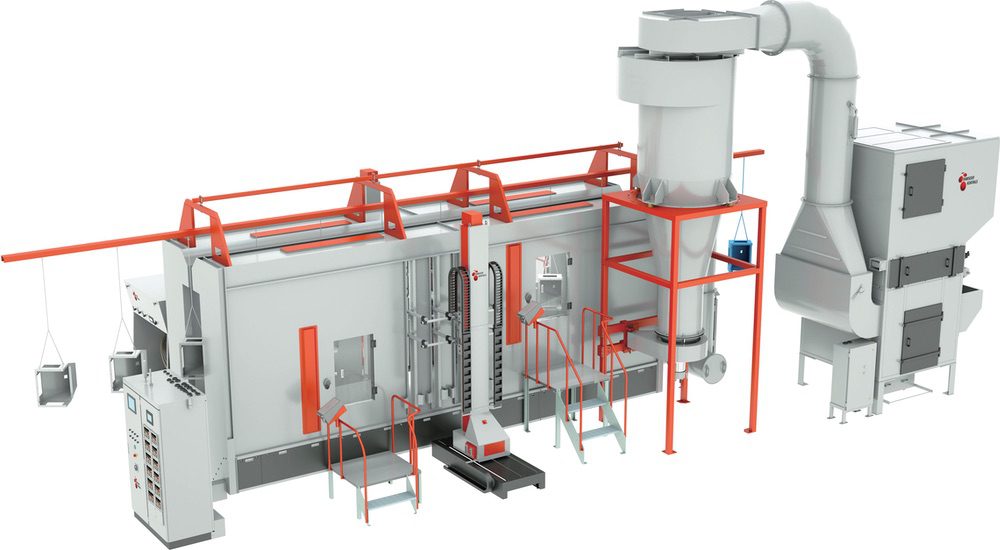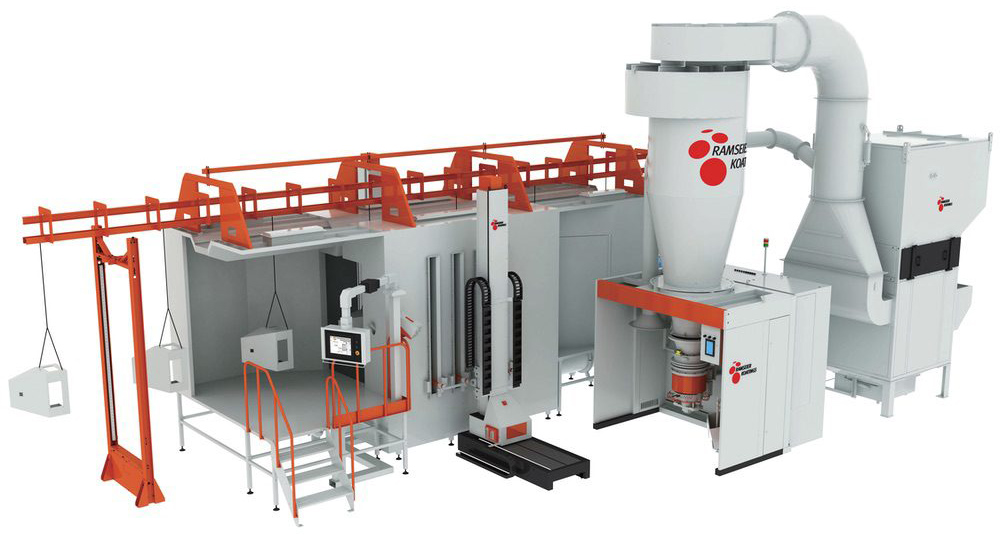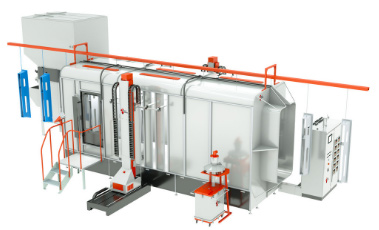
+852 2363 2511
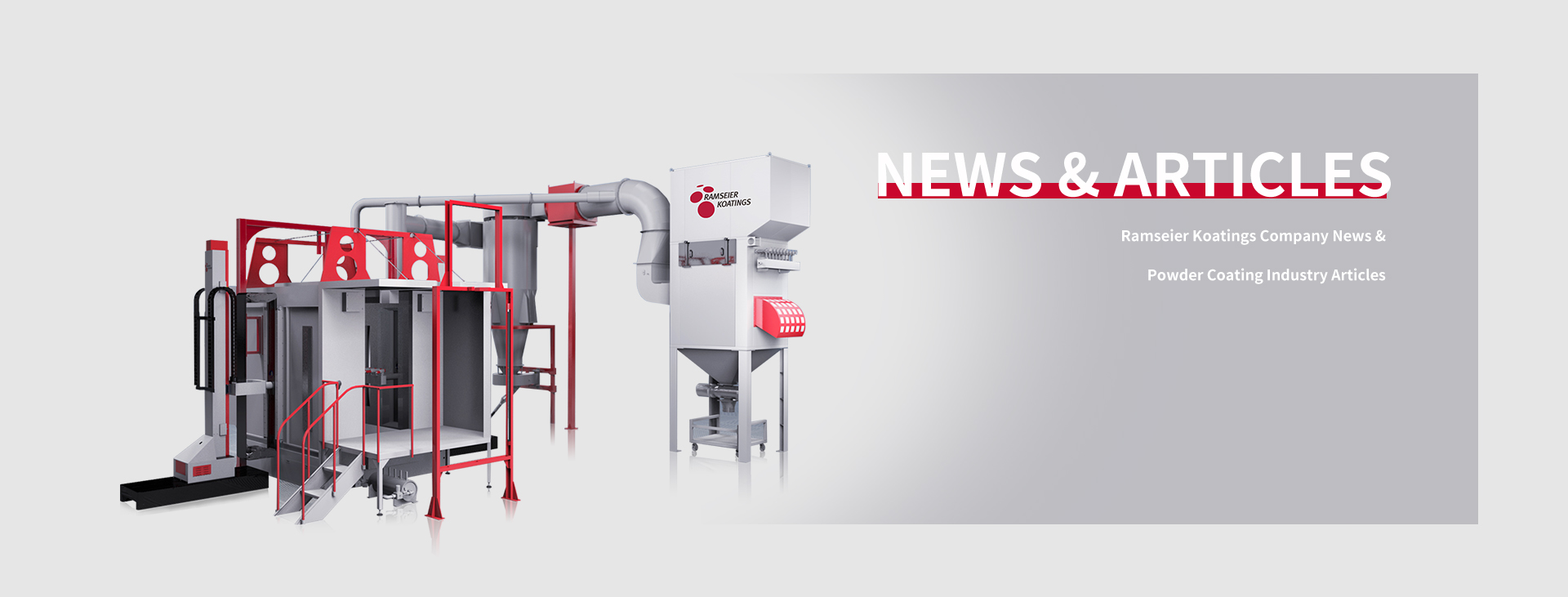







They say powder coating is an art, and every artist knows how to use the brush with the paint of the right thickness. And so powder coating still demands the same precision. You want the coated items to remain durable, versatile and aesthetic.
So what’s the right thickness? Hang on to this guide as we take you through the typical powder coat thickness, what influences thickness and its overall performance.
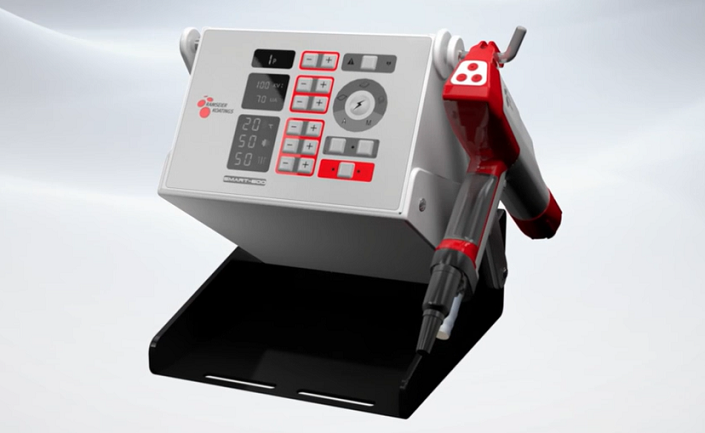
Yes, this is where we talk about longevity, performance and quality. But there are other factors, such as
Protection
The coated surface with the right level of thickness is sufficiently protected against rust, UVs, abrasion and chemicals.
The right level of thickness means the entire surface won't have irregular thick and thin spots. There won't also be streaks. As such, the consistent color and texture thrive.
Powder thickness affects the curing process. Imagine a thicker part taking longer to cure than a thinner painted part. At some point, you remove it from the oven when it hasn't cured wholly. Even thickness allows proper bonding, curing and strong adhesion.
You are using a specified level of thickness. That means you optimize powder usage and minimize wastage.
Some faculties have a specific level of powder coat thickness. You have to use the correct levels of thickness to meet their guideline and avoid penalties!
Did you know that the powder coat thickness measures the cured powder film thickness on the coated surface? In fact, its measured in mils which are 0.0001 inches or the micrometre (µm). And there are plenty of factors which influence it, such as,
The powder coating material has different properties which dictate the level of thickness. So there is resin chemistry, the pigments, and the degree of concentration with the powder particle sizes. All these factors influence the spreading of the coat and overall finish.
When applying the powder on the substrate, your techniques still dictate the thickness level. Be it the electrostatic spraying, fluidized bedding and electrostatic fluidized, the coat will have different thicknesses. And these are set to vary regarding the chosen method of coating.
If the surface you are powder coating features intricate shapes or contours, the thickness distribution will be affected. In fact, where are the vertices, recesses and sharp edges, there could be variations in the thickness of the coat.
The specification means that some industries have their unique powder coating standards. And as such, they can request a particular thickness level for optimized results. The specifications may vary depending on the application technique, the surface and environmental conditions.
Following the factors mentioned above, thickness is dictated by several factors. But in this section lest, check on the industrial-based general thicknesses for powder coating and guidelines
In the architecture and aesthetic field, looks are of prime value. As such, the thicknesses of the powder coat may range from 1.5 to 4 mil. This translated to a range of 38 to 100 µm, which gives enough uniform coverage and a smooth finish.
As with industrial-based powder coats, durability has to be in mind. Second to this is rust resistance. And so, the level of the powder coat thickness in mils is within the range of 2 to 6 mils. That is, 50 to 150 µm. These thicker coats mean improved protection and durability even in harsh climates.
In the automotive industry, the specific thickness is purported to conceive toughness, high performance and durability. In this case, the thickness range is 1 to 3 mils translating to 25 to 75 µm. This, however, depends on the intended use and the automotive component itself.
Think of the agricultural and construction equipment. There is a need to protect against abrasion. And so, in these fields, the typical thickness exceeds six mils or 150 µm. This means higher durability and resistance to friction.
So that's it, there is no definitive answer on the right powder coating thickness. Yet most stay below three miles. It all depends on the desired use, industry specifications and your desired color consistency.
In general, the right level of thickness will guarantee durability, quality finish and performance. But have you got the right equipment to get the job done? If not, Ramseier Koatings provides all the tools and equipment you need to start a powder coating venture.
And if you are a newbie, their customer care team is ready to guide you with their decades of experience. So reach out today and see what they have for you.
